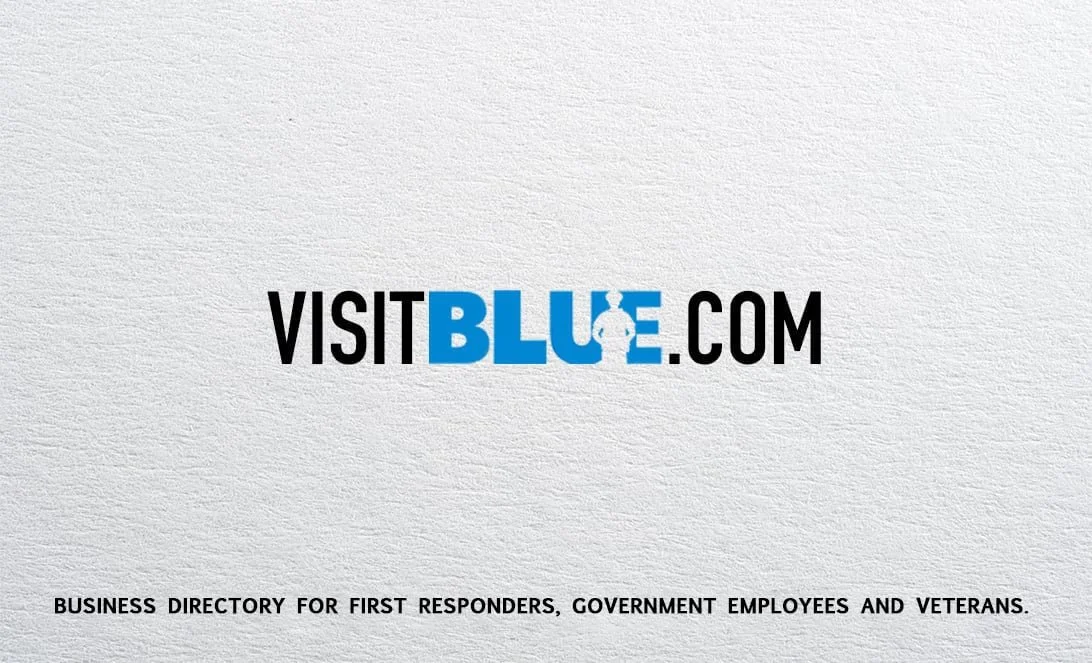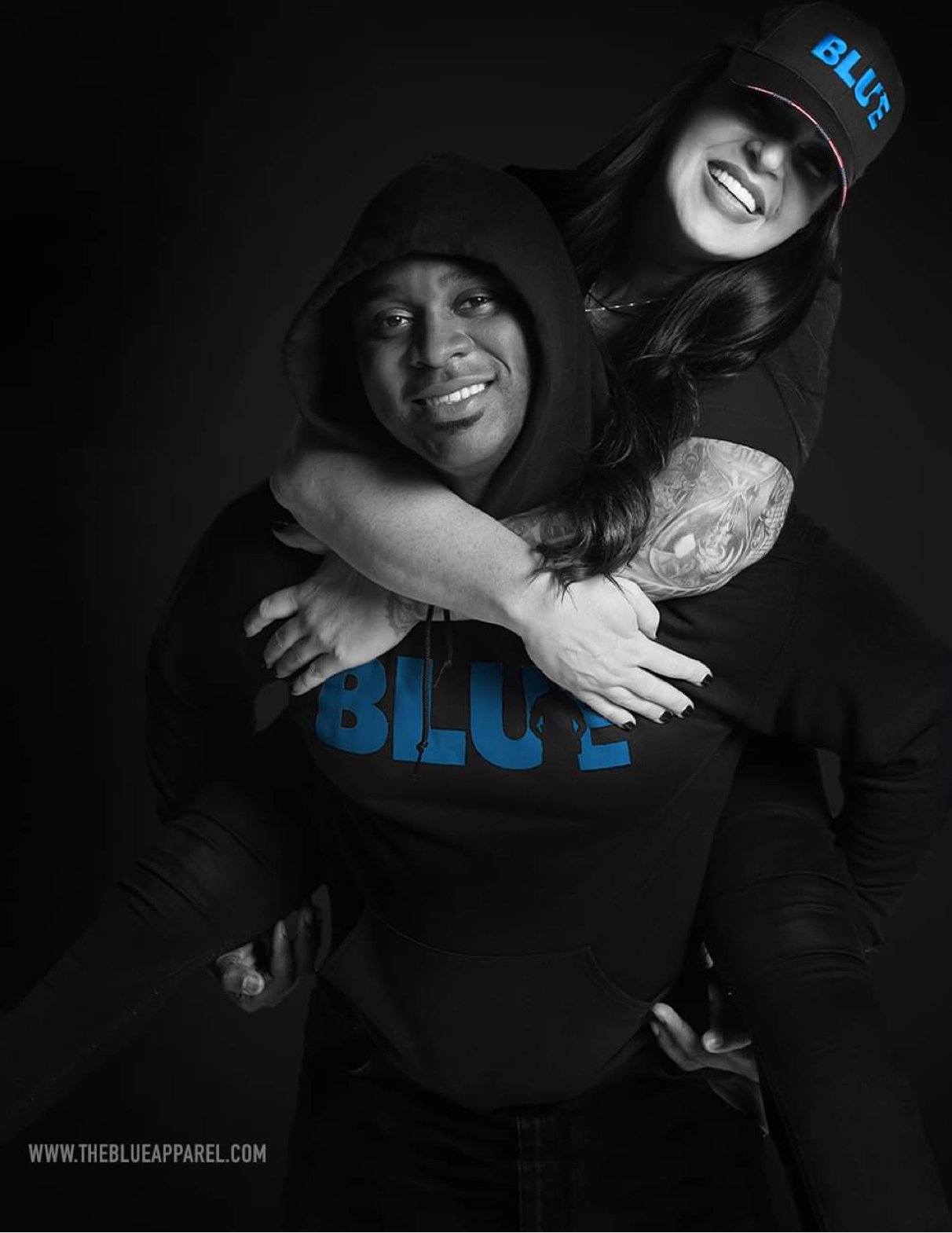Crowd Control and More: Modern Police Mounted Units
/By: Joel E. Gordon
Picture this: a tall horse steps slowly along a busy city sidewalk, its rider in crisp uniform scanning the crowd. People turn heads, kids point with wide eyes, and even the chaos of traffic seems to quiet down. Mounted police units have roots in old cavalry days, but today they handle modern jobs like crowd control and community chats.
Back then, horses pulled wagons or chased crooks on foot. Now, they shine in spots cars can't reach. This article looks at what these units do, how they train, and why they still matter in police work. You might think horses are just for shows, but they pack real power in daily ops. Let's uncover the truth behind the hoof beats.
Mounted police started in the early 1800s. London's Bow Street Runners used horses to patrol streets fast. In the US, big cities like New York formed their own horse squads soon after.
These units acted like quick-response teams. Riders could cover ground better than walkers. The history of mounted police shows how they kept order in growing towns. Traditional police cavalry helped during strikes and fairs. Over time, horses became more than transport. They built trust with folks on the street. That shift marked a key change in policing.
Cars took over in the 1900s, so horses moved to special tasks. Mounted units now focus on crowd control and events. They proved key in riots, like the 1960s unrest in US cities. During parades, horses lead the way with ease. Motorized patrols can't match that in tight spots. This evolution keeps them vital even as tech grows.
One big moment came in the 1980s London protests. Mounted officers calmed tense crowds without much force. Such events highlight their role in de-escalation.
Many places still rely on these units. New York City's mounted squad patrols Central Park daily. London's Metropolitan Police keeps a strong horse team for events. Paris uses them at protests and tourist spots. The Royal Canadian Mounted Police, or RCMP, blends horses into rural and urban work. Other cities like Toronto and Sydney maintain active groups too. Around the world, about 50 major departments run mounted units. They adapt to local needs, from beaches to festivals. This global use shows their lasting fit.
Unfortunately, political leaders with seemingly inadequate knowledge of the benefits of the long established Baltimore City Police Mounted Unit have chosen to eliminate it even at a two million dollar expense to break the lease on their horse stable.
Horses tower over people, giving officers a clear edge. That height lets them spot trouble early in big groups. The animal's calm nature often soothes tense situations.
Crowds part for a horse more than for a car or bike. Riders can direct flow without yelling much. Police mounted units excel here because horses move steady through chaos. Deploy them at festivals or rallies when numbers swell. Foot patrols work for small areas, but horses cover more ground fast. One tip: pair them with ground teams for full coverage.
From horseback, officers see over heads and cars. This helps in packed markets or parks. They spot pickpockets or lost kids quicker than on foot. In rural spots, horses navigate trails vehicles skip. Traffic jams? Riders weave through to chase leads. Mounted patrol boosts deterrence—studies show crime drops 20% in those zones. For example, Chicago's unit cut thefts in high-traffic areas. Data from departments like LA's notes fewer incidents where horses patrol. That visibility turns patrols into real shields.
Horses shine in rough terrain. They climb hills or cross streams where trucks stall. In woods after storms, riders cover ground fast on horseback. One real case: after Hurricane Katrina, mounted teams found missing folks in flooded zones. In national parks, they track hikers better than drones alone. Police horse units save lives in spots tech can't touch. Boots get tired on long hunts, but horses keep going. Pair them with dogs for even better results. These operations show why they're not just for cities.
Police pick horses with steady nerves. Draft breeds like Clydesdales stand tall and calm. They test for "bombproof" traits—ignoring loud horns or flags. Age matters too; most start at 4 to 6 years old. Physical checks ensure strong legs for long shifts. Temperament trumps speed here.
A good match lasts 10 to 15 years. Vets screen for health issues early. This care keeps units ready.
Riders need horse skills plus police training. They learn to guide mounts in crowds or under fire. Classes cover jumps, spins, and stops amid noise. Basic vet care joins in—like spotting injuries on the go. First aid for both human and horse is key. "It's like dancing with a 1,000-pound partner," says mounted instructor Jane Ellis. "One wrong move and trust breaks." Weeks of drills build that bond. Newbies ride daily to master control. This prep turns rookies into pros.
Units drill often to stay sharp. Simulations mimic riots with smoke and shouts. Horses face fake crowds to build grit. Yearly tests check fitness for both. Riders refresh on new tactics too. This keeps everyone safe on duty. One drill uses pepper spray to test reactions. Passing means recertification. Such rigor ensures peak performance.
Horses draw smiles like magnets. Kids pet them at parks, sparking chats with officers. This breaks ice better than squad cars. Elderly folks share stories, easing old fears of police. Mounted units turn patrols into friendly meets. One ride can shift views for a whole block.
In diverse neighborhoods, they bridge gaps. A horse's soft eyes soften hard talks. These moments build lasting trust. At parades, mounted riders steal the show. They pose for photos, boosting department image. Press loves the classic look. Events like charity runs feature them as stars. This visibility humanizes police work. Units often lead school visits too.
One benefit: fewer complaints in areas they frequent. They act as gentle reps. Media coverage spreads that positive vibe far.
Debates arise over horse use in force. Policies ban offensive kicks; they're for defense only. Departments stress welfare with vet checks. Incidents like trampling spark outcry, but rare cases get quick probes. Ethical rules guide every shift. Riders train to avoid harm. Most see them as assets, not risks. Clear guidelines keep controversies low. This balance protects all involved.
Mounted police units bring unmatched perks to the job. Their crowd control calms big scenes with quiet power. Height gives eyes on everything, cutting crime in key spots. They search tough lands where wheels fail, saving lives daily. Community ties grow strong through simple interactions. Training forges tight officer-horse teams that tech can't beat.
In cities or wilds, this pair stays essential. Horses remind us policing needs heart, not just gear. Next time you see one, wave—they're working for safer streets.
Joel E. Gordon, BLUE Magazine’s Editor-in-Chief, is a former Field Training Officer with the Baltimore City Police Department and is a past Chief of Police for the city of Kingwood, West Virginia. He has also served as vice-chair of a multi-jurisdictional regional narcotics task force. An award winning journalist, he is author of the book Still Seeking Justice: One Officer's Story and founded the Facebook group Police Authors Seeking Justice. Look him up at stillseekingjustice.com









